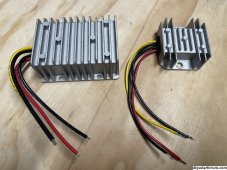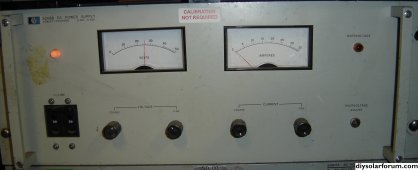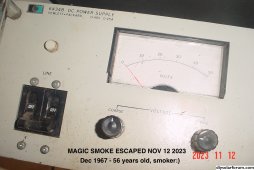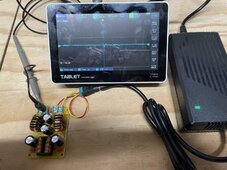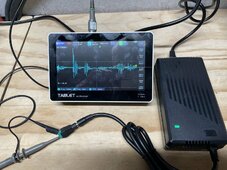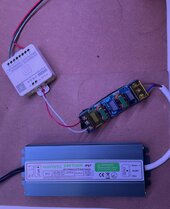I wanted to illuminate the shed where the solar electronics are installed.
The ceiling has 4' Fluorescent fixtures that I had converted to LED, but they are powered by the grid.
Did not want to re-wire these, so I bought some LED strips to stick on the ceiling.
16.4 ft. long (5m), 24VDC

 www.superbrightleds.com
www.superbrightleds.com
Found some used DIN rail power supplies on ebay, 480 watts, powered by 240vac from the Schneider WX-Pro inverters.
Very bright now in the room!
The only issue is RF noise, I turn the LED strips off when doing HAM radio.

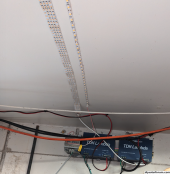
The ceiling has 4' Fluorescent fixtures that I had converted to LED, but they are powered by the grid.
Did not want to re-wire these, so I bought some LED strips to stick on the ceiling.
16.4 ft. long (5m), 24VDC

5m White LED Strip Light - Highlight Series LED Tape Light - High-CRI Quad Row - 24V - IP20 - 1,317 lm/ft
This super-bright LED light strip is great for creating a high-power light fixture. It operates on 24 VDC and can be used in longer runs than 12V strips. The powerful LED tape light emits 1,317 lumens of cool, natural, or warm white illumination per foot. And with a high CRI (color-rendering...
Found some used DIN rail power supplies on ebay, 480 watts, powered by 240vac from the Schneider WX-Pro inverters.
Very bright now in the room!
The only issue is RF noise, I turn the LED strips off when doing HAM radio.





